|
It is a great honor for me to be appointed Senior Editor of Electronic Markets. In recent years, EM has become one of the leading Information Systems journals rooted in Germany and has further increased its international reputation. Since 2010, EM has been included in the Social Science Citation Index (SSCI). With an impact factor (IF) of 4.765 in 2020 and a 5-year IF of 6.699, EM is ranked "A" in several journal rankings. I am very proud to be able to continue to accompany EM on its successful path in my new role.
Last week, I had the pleasure of participating in automotiveIT's digital roundtable on the topic of "Navigate the Next in the European Automotive Industry - Digitalization and Focusing on the Core Business". Together with the moderators Pascal Nagel, Yannick Tiedemann and Klaus Straub, as well as the other panelists Stephan Fingerling, Christoph Röger, Thomas Buck, Martin Köhn and Jörg Sommer, this resulted in an interesting and lively discussion on the digitalization of the automotive industry and the implications for the IT function. It was great fun!
The use of Internet services is currently creating data silos that are not very transparent and can hardly be controlled. In terms of the digital sovereignty of the individual, it is therefore desirable for users to be able to decide for themselves when, how and for what purpose personal data is transmitted. The concept of self-sovereign identities addresses this point and attempts to address the current challenges of digital identity management.
On behalf of the Verbraucherzentrale NRW, I have written a (German-language) article that discusses the conceptual foundations as well as the opportunities and challenges of self-determined identities and shows how they can contribute to strengthening consumers' digital sovereignty. Please find the article here. In our discussion paper "Mythbusting Self-Sovereign Identity (SSI)" (so far only available in German), we take current opinions about SSI in the public domain and critically examine them in the context of seven myths. An English version will most probably also be available in a couple of weeks.
Blockchain-based systems become increasingly attractive targets for cybercrime due to the rising amount of value transacted in respective systems. However, a comprehensive overview of existing attack vectors and a directive discussion of resulting research opportunities was missing up to now.
Thus, employing a structured literature review, we extracted and analyzed 87 relevant attacks on blockchain-based systems and assign them to common attack vectors. We subsequently derived a research framework and agenda for information systems research on the cybersecurity of blockchain-based systems. We structured our framework along the users, developers, and attackers of both blockchain applications and blockchain infrastructure, highlighting the reciprocal relationships between these entities. Our results show that especially socio-technical aspects of blockchain cybersecurity are underrepresented in research and require further attention. Please read more about our research in our latest paper published in the International Journal of Information Management (50 days' free access). Whether companies or citizens: All of them need certificates from public authorities for submission to third parties. However, conventional paper certificates entail time-consuming processes and media disruptions. Self-governed identities with Self Sovereign Identity could fundamentally change administration. Read more about certificates by means of blockchain in our paper "Bescheinigungen mittels Blockchain neu gedacht" (in German).
Empirical evidence indicates that Enterprise Social Networks facilitate intra-organizational knowledge sharing. While organizations continue to invest in Enterprise Social Networks, many implementation projects fail due to insufficient user adoption.
Against this background, we investigated factors that influence individuals' adoption of Enterprise Social Networks in a recent research project. We thoroughly reviewed the existing literature and crafted a comprehensive adoption model. Besides commonly known adoption factors, we introduced perceived network externalities and perceived social capital advantage to account for the specific context of Enterprise Social Networks. We tested our model using structural equation modeling and empirical survey data of 155 respondents. Our results show that perceived network externalities are by far the strongest predictor for enterprise social network adoption, followed by perceived enjoyment and perceived social capital advantage. In contrast to other studies, we find perceived usefulness and perceived ease of use to be insignificant. Please read more about our research in our paper "Individual Enterprise Social Network Adoption: The Influence of Perceived Network Externalities and Perceived Social Capital Advantage" which has been accepted for presentation at the 17th International Conference on Wirtschaftsinformatik (WI 2022) which will take place from February 21 to 23 in Nuremberg, Germany. I am pleased to have been selected as an AIS Distinguished Member Cum Laude for my support of the Association for Information Systems through continued membership, leadership roles, and promotion of research through AIS journals.
|
Archives
April 2024
|
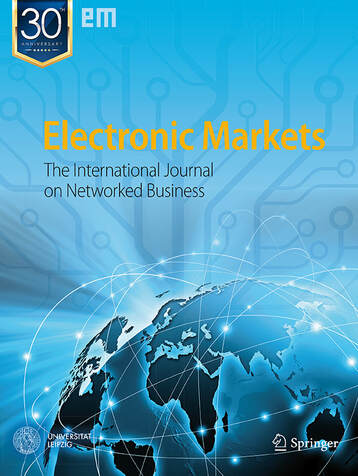
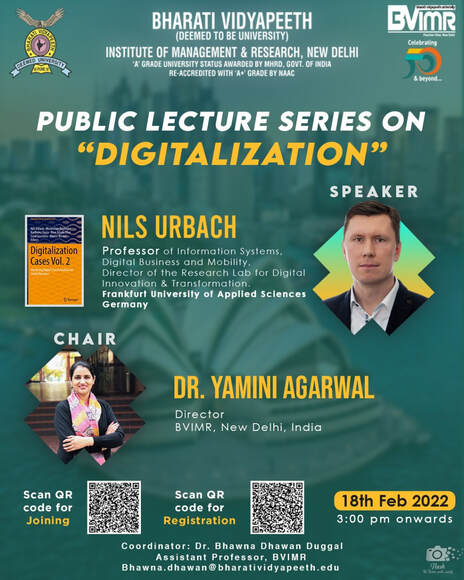

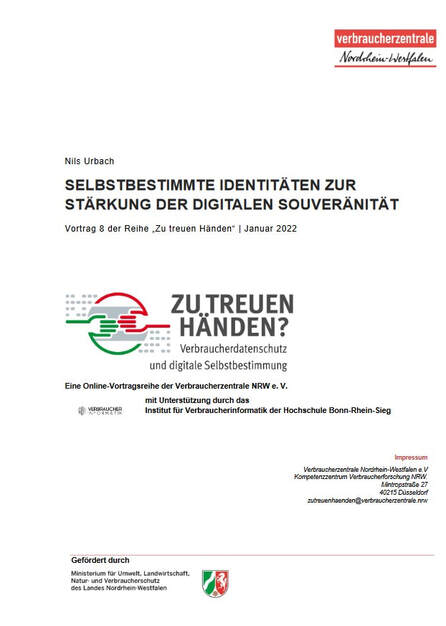
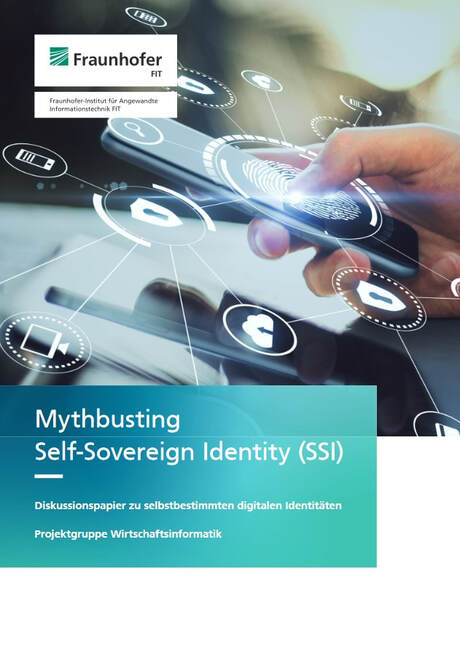
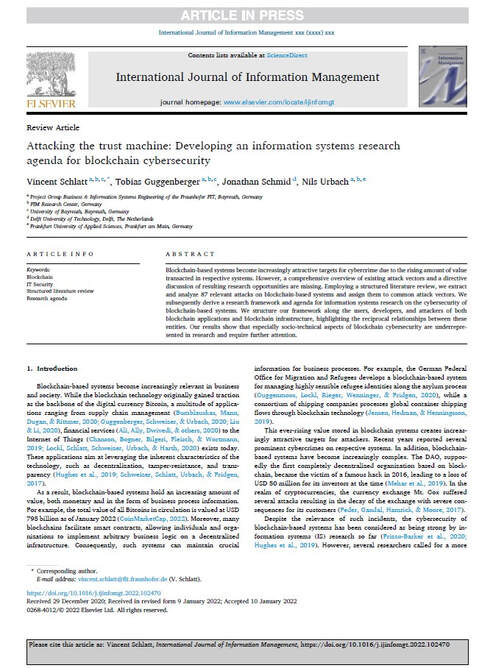
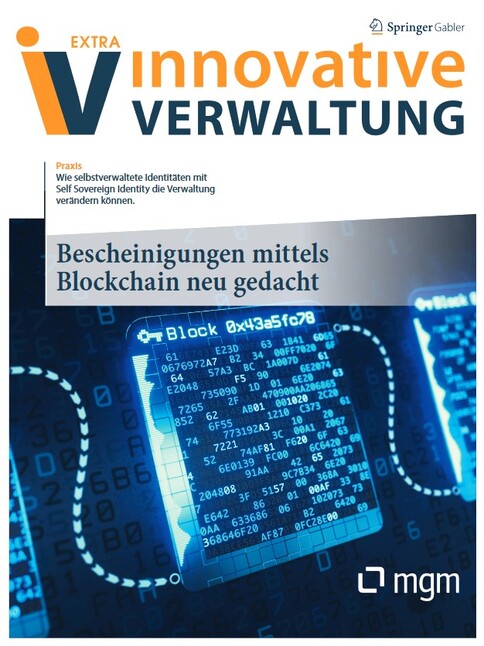

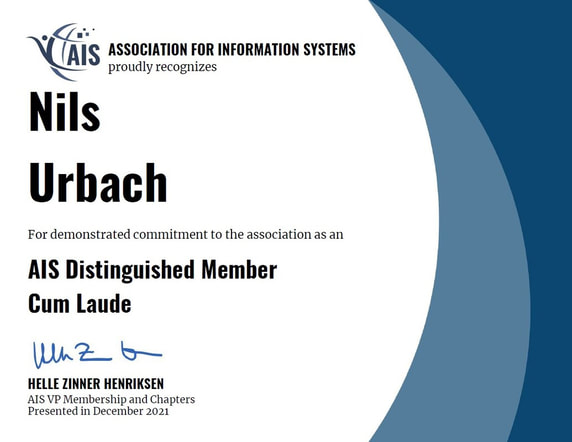
 RSS Feed
RSS Feed